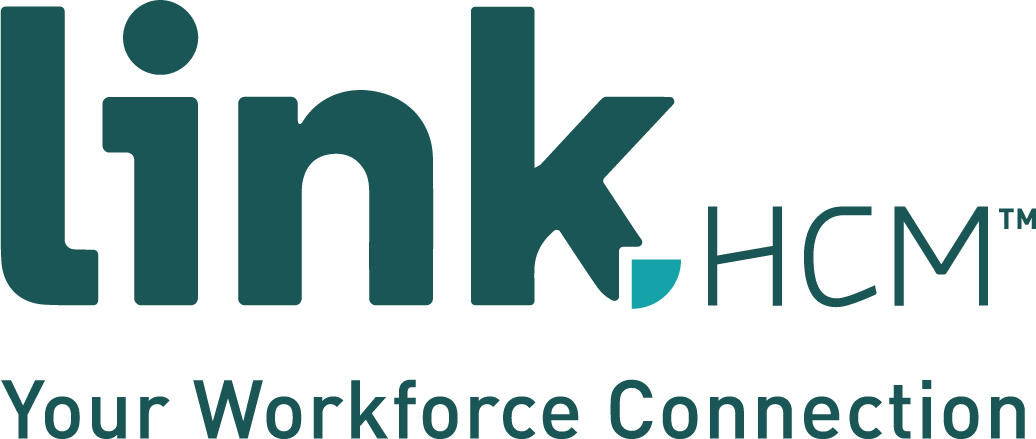
You've heard the phrase "Timing is everything.", right? Well, this is especially true for the Paycheck Protection Program, as you must carefully consider timing when applying for forgiveness.
When you submit your PPP Forgiveness application can drastically alter the forgiveness amount you receive, and the decision requires some strategy.
To help maximize your PPP loan let's breakdown when you should apply for forgiveness and why—
You Should Apply for Forgiveness BEFORE the End of Your Covered Period If:
- You are unable to maintain FTE count after your PPP funds are exhausted.
- You expect to reduce salaries and wages by more than 25% after the covered period (and don't plan to restore them by Dec. 31).
In other words, you want to apply when your FTE count and wages are at their peak.
Why
When you apply for forgiveness, your pre-COVID FTE count and wages will be compared to your FTE count and wages at the time you apply for forgiveness or Dec. 31, 2020— whichever is earlier.
For example:
You had 30 full-time equivalent employees on Feb. 15, 2020 (pre-COVID), and maintained your entire workforce for 20 weeks before your PPP funds were exhausted.
Although you still have four weeks of your covered period remaining, you know you cannot sustain 30 FTEs after the loan is gone and plan to furlough employees.
If you submit your forgiveness application before the end of your 24-week covered period and before you have to furlough employees, your forgiveness amount will not be reduced.
However, if you submit your forgiveness application after the 24-week covered period ends, and after you have furloughed employees, you will not meet Safe Harbor, and your forgiveness amount will be reduced.
You Should Apply for Forgiveness AFTER the End of Your Covered Period If:
- You reduced your FTE count, salaries, or wages and plan to restore to pre-COVID levels by Dec. 31, 2020
- You are confident a portion of your PPP loan will not be forgiven, and you need to conserve cash
- Your loan is under $150,000, and you want to see if legislation for automatic forgiveness passes
Why
Like the above, you want to apply when your FTE count and wages are highest.
If you need more time to restore wages and FTE count, waiting to apply will most likely maximize your forgiveness. But remember, there are exceptions for having fewer FTEs that will not penalize your forgiveness amount. These exceptions include:
- If an employee is fired for cause
- If an employee voluntarily resigns or requests a reduction in hours
- If an employee rejects an offer or you are unable to fill the position with a qualified candidate
Alternatively, if you do not expect full forgiveness and postponing loan payments will allow you to conserve cash flow, waiting to apply might be your best option. Under the PPPFA, payments for unforgiven amounts are due six months after the loan or when the SBA issues a forgiveness amount— whichever comes later.
Keep in Mind the PPP Loan Forgiveness Timeline:
- You have ten months to apply after the covered period ends
- Your lender has 60 days to issue a decision
- The SBA has 90 days to review the application (the SBA will start accepting applications Aug. 10, 2020)
- Then you will be required to begin payment on forgiven amounts
As you can see, waiting to apply can significantly postpone the repayment process. If your company is strapped for cash or has other financial considerations, applying after you covered period ends might be your best option.
We recommend getting in touch with your lender as soon as possible to confirm their forgiveness application process. Lenders can start submitting applications to the SBA Aug. 10 but are ultimately responsible for their process following Treasury guidelines.
PLEASE NOTE: This material is intended for general informational purposes only and does not constitute legal advice. This information is based on our current interpretation of the program. Please consult your lender or professional advisor about your individual circumstances before making any financial decisions.


Leave a Comment